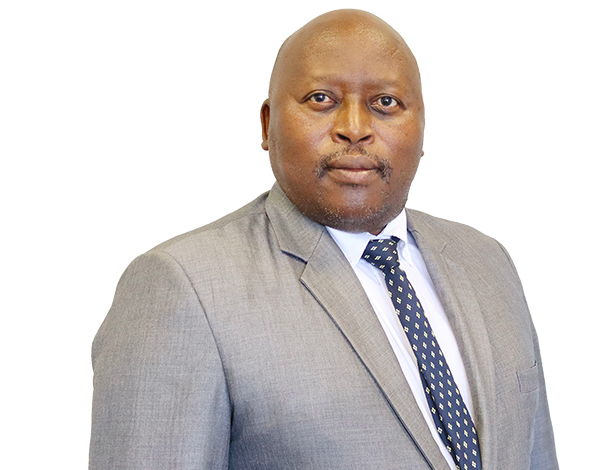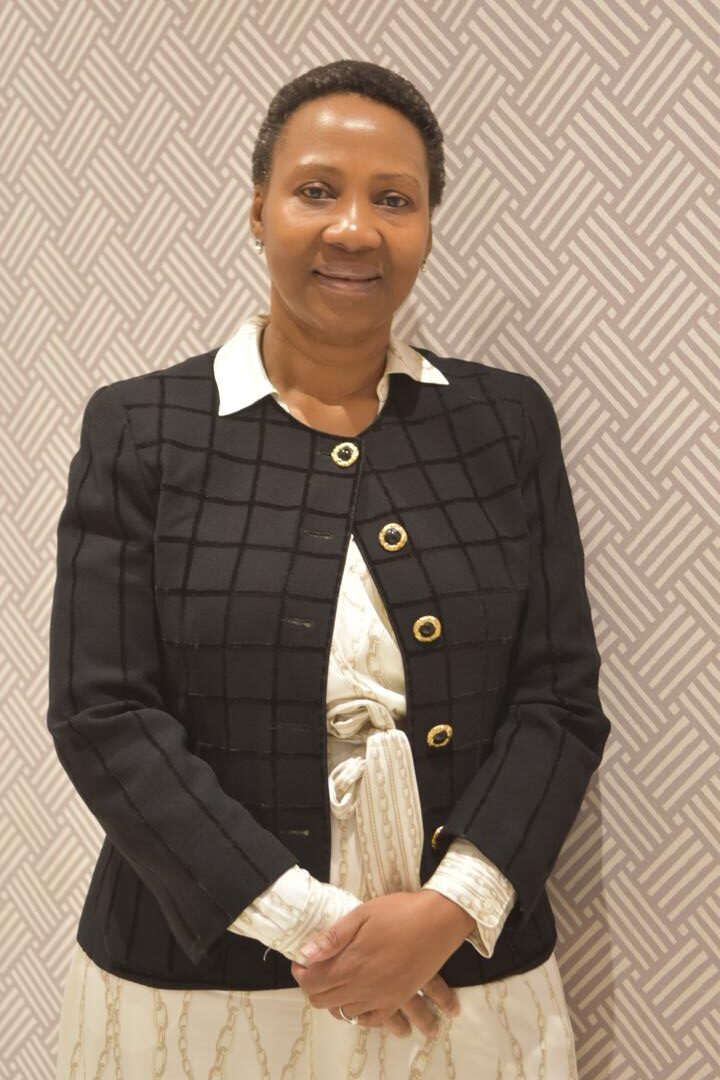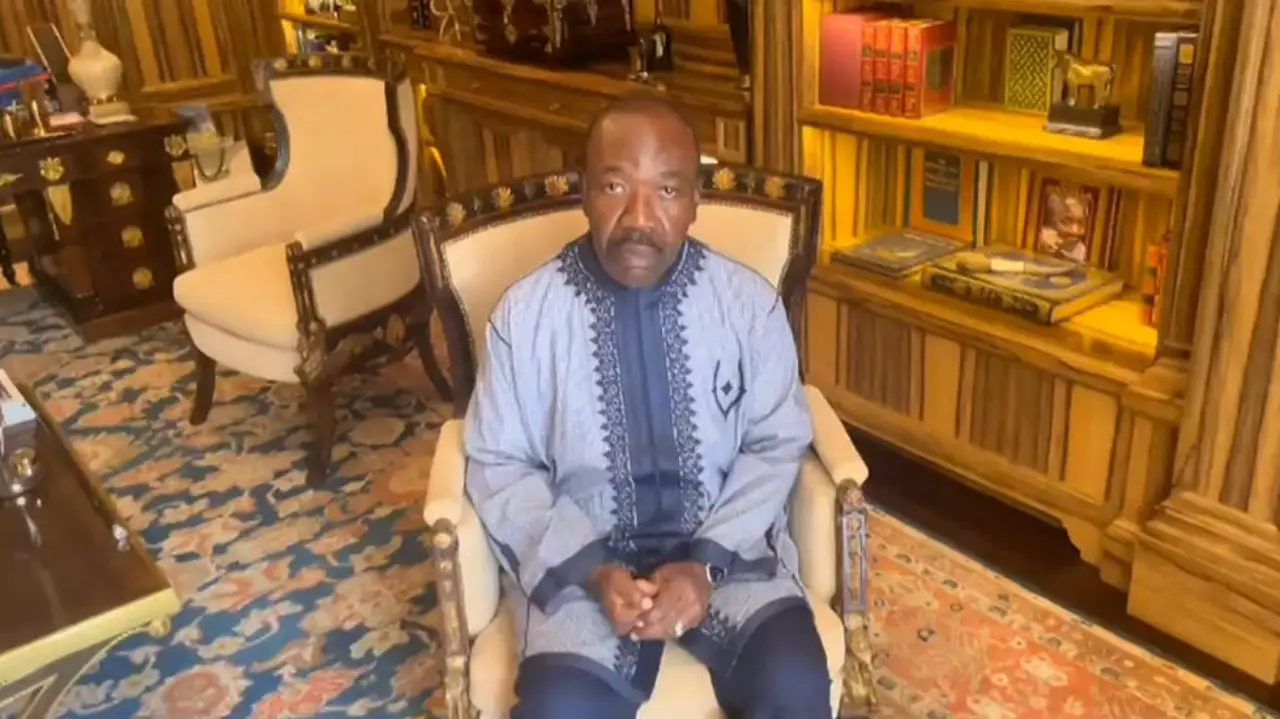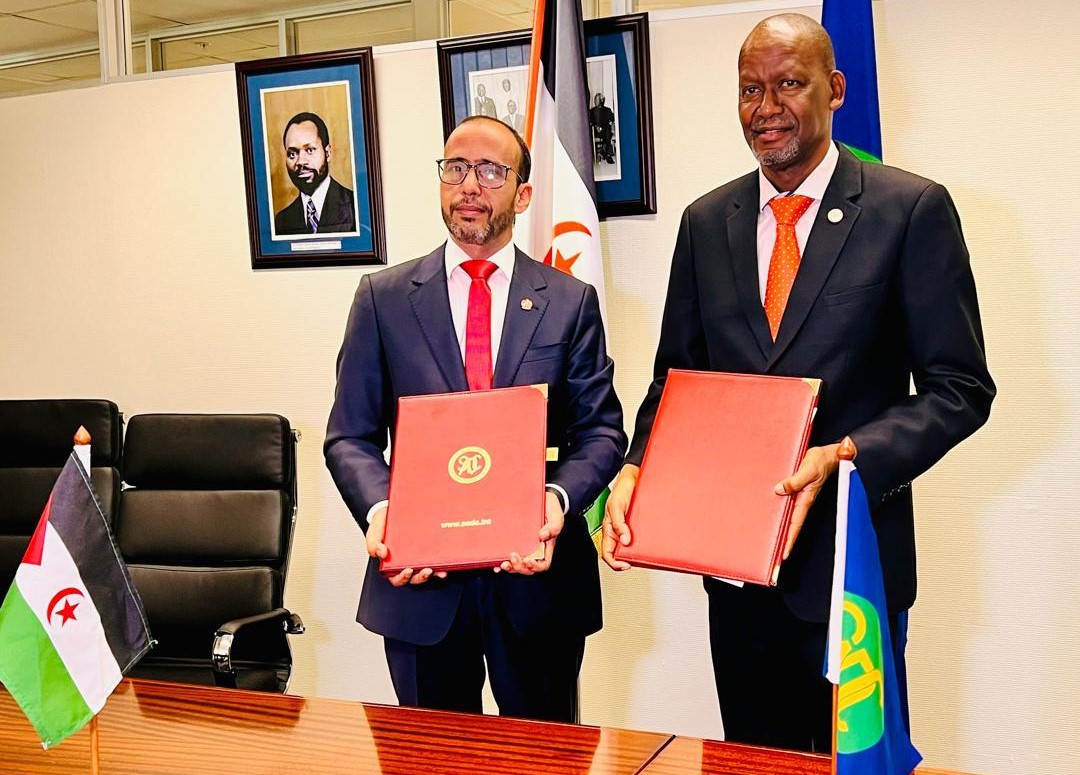
Mr.-Bevis-Kapaso
By Moses Magadza
Windhoek, Namibia –A technical working group set up by the SADC Parliamentary Forum (SADC PF) in collaboration with other partners has finalised a Monitoring and Evaluation (M&E) Framework in the regional fight against child marriage.
The TWG held a weeklong workshop last week in Windhoek, where it also begun developing an innovative digital dashboard to track progress across Member States.
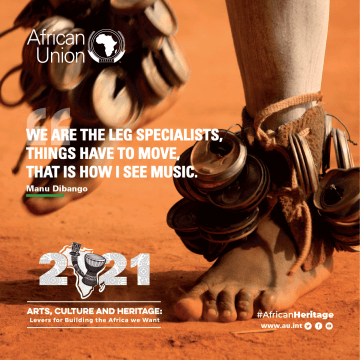
The workshop brought together 28 experts – 13 in person and 15 virtually – from across Southern and Eastern Africa, including M&E specialists from Tanzania, Zimbabwe, Zambia, Kenya, and Namibia.
Their mission was to refine the draft M&E framework initiated in Johannesburg last year and set in motion the creation of an interactive dashboard to monitor the domestication and implementation of the SADC Model Law on Eradicating Child Marriage and Protecting Children Already in Marriage.
“The Model Law was a huge step, but without a mechanism to track progress, we could not measure impact,” said Mr. Bevis Kapaso, M&E Specialist at Plan International and lead of the technical group.
He added, “Now, we’ve finalised a framework with measurable indicators and are developing a dashboard that will, at the click of a button, show how far we’ve come and where we need to go.”
The gathering in Windhoek was supported by key stakeholders including Plan International, Girls Not Brides, HIVOS, UNICEF, and the SADC PF. Together, they validated the technical outputs and pledged financial and technical support for the development of the dashboard.
The tool is designed to consolidate fragmented data from multiple sources (national Demographic and Health Surveys, the UN system, ministries of education, and more) into one user-friendly interface accessible to decision-makers, programmers, civil society, and even young people.
“This dashboard is a game-changer,” Mr. Kapaso emphasised. “For the first time, policymakers will have real-time, evidence-based insights. A parliamentarian debating child marriage in Tanzania won’t need a research team; they’ll be able to pull up regional and national statistics on their phone instantly.”
Addressing the technical team via Zoom, SADC PF Secretary General Ms. Boemo Sekgoma hailed the innovation as a “gold standard” for future Model Law initiatives.
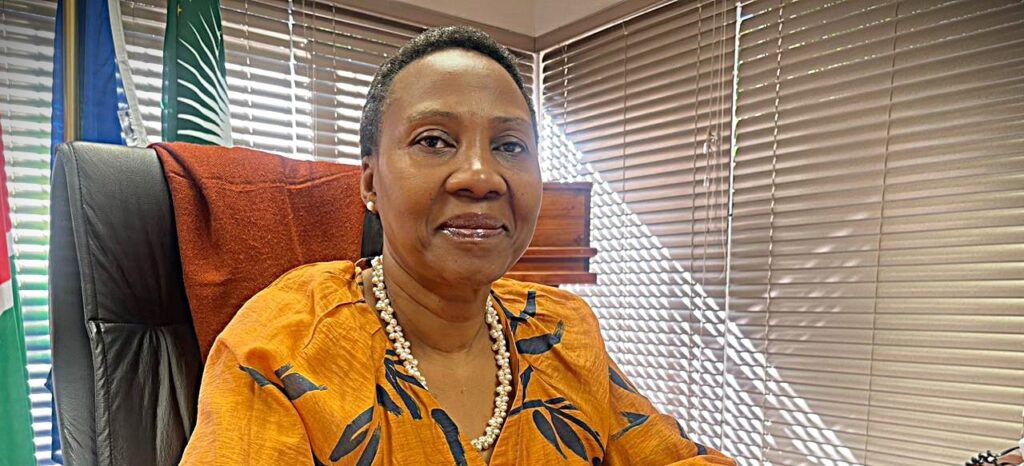
“I am very impressed by the Monitoring and Evaluation Framework and the dashboard,” she said. “This is the level of oversight and accountability that strengthens democracies and enables policy to truly serve the people, especially the most vulnerable girls.”
She encouraged the creation of complementary teams of analysts and implementers to ensure the dashboard remains dynamic and adaptable to the evolving fight against child marriage.
“You’ve made us much more confident in exercising our oversight role. This dashboard will tell us what needed to be done years ago, what needs to be done now, and what must be done going forward,” she said.
The team plans to reconvene in May to finalise and technically pilot the digital dashboard, with the official launch slated for shortly thereafter. Several partners have already committed funds to ensure the tool’s development and deployment.
“We’re fortunate to have support from SADC PF, Plan International, Girls Not Brides, HIVOS and UNICEF,” Mr. Kapaso confirmed and added that the finalised M&E Framework and the forthcoming dashboard will not only fill a critical gap in the implementation of the SADC Model Law but set a new benchmark for how regional policy can be tracked, supported and made truly impactful.
Expectations are running high.
In separate interviews, members of the technical working group expressed pride and optimism after laying the groundwork for the innovative digital dashboard.
The experts said they were impressed by the strides made in consolidating tools to monitor the implementation of the SADC Model Law on Eradicating Child Marriage.
“This is a game changer,” said Mr. Brave Katemba, Monitoring and Evaluation Lead at Hivos Zambia.

He added, “When we have a dashboard that visualises real-time progress against the Model Law’s indicators, we give power to policy makers to make data-driven decisions. But this only works if Member States are committed to providing accurate data and allocating both human and financial resources.”
The M&E Framework is structured around three critical pillars: protection, prevention, and policy and legal reform.
Ms. Suzan Chima, M&E Officer at UNICEF Zambia, said the framework and dashboard are essential to empowering decision-makers with streamlined access to the information they need.
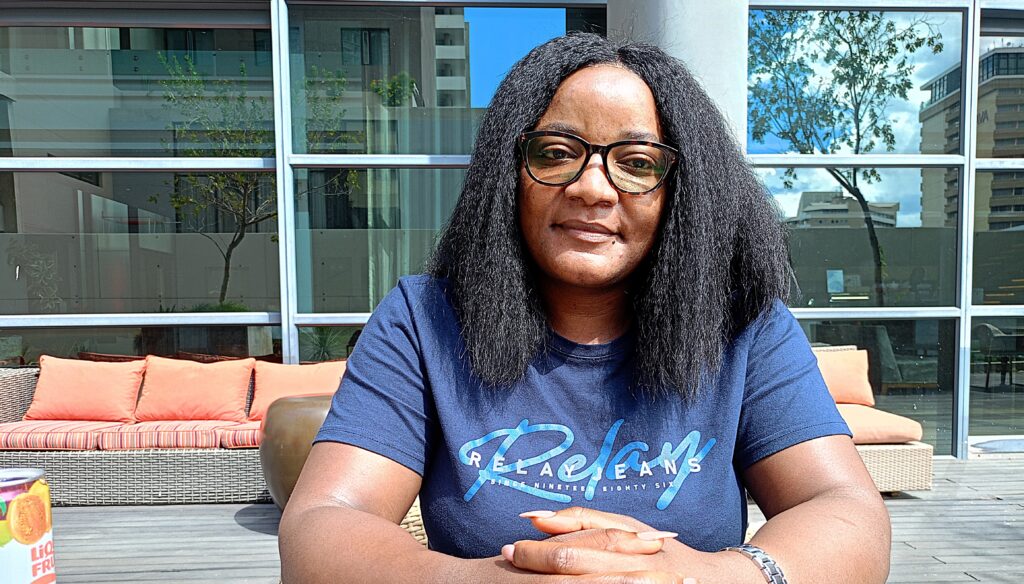
“Policymakers are too busy to wade through a jungle of data. We want to make key information just a click away. That’s why this dashboard is so important. It will pull together select, critical indicators so decision-makers can track impact at a glance,” said Ms. Chima.
She noted that the team achieved more than expected during the most recent technical meeting.
She said, “We’ve completed the theories of change, logical frameworks, and minimum standards for all three pillars. We even started populating the M&E plans.”
From her vantage point in the United Republic of Tanzania, Ms. Aneth Michael, a youth activist and M&E, Accountability and Learning Officer at Plan International stressed the real-world implications of child marriage.
“Many girls don’t reach their full potential. They’re married young, drop out of school, become mothers too early, and carry enormous responsibilities that hold them back,” she stated.
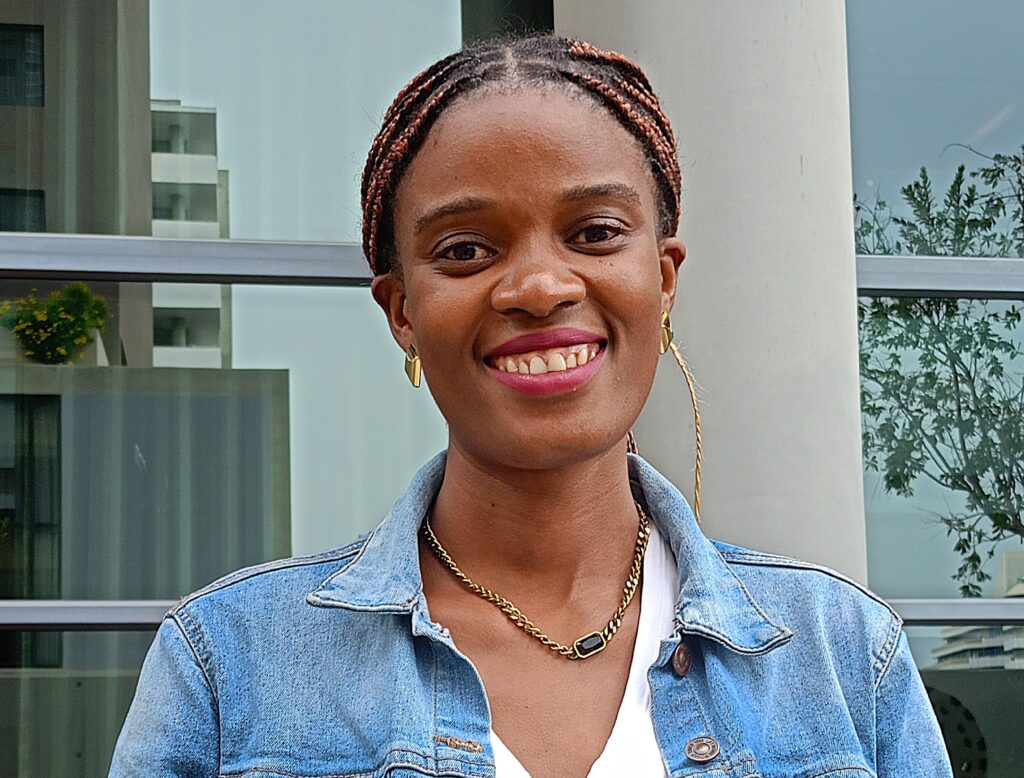
Ms. Michael is optimistic that the dashboard will help change the picture.
“It’s a visual tool that will show, in real-time, how far we have come and how far we still need to go. It will let anyone see how girls are being protected and how laws are being implemented across SADC,” she explained.
She called on Parliamentarians to take ownership and prioritise the use of the dashboard to ensure indicators are realistically reflected.
“That’s where change begins,” Ms. Michael noted.
Mr. Masimba Mujuru, Monitoring and Evaluation, Research and Learning Manager at Plan International Zimbabwe, echoed the need for actionable data.
“This dashboard will highlight key parameters for each country. If a country is lagging in any area, that’s where focus and resources need to go. It will guide critical decisions,” he stated.
He also highlighted the importance of data protection saying, “All Member States and the SADC PF Secretariat will have access, but we must ensure user rights and information security are clearly defined.”
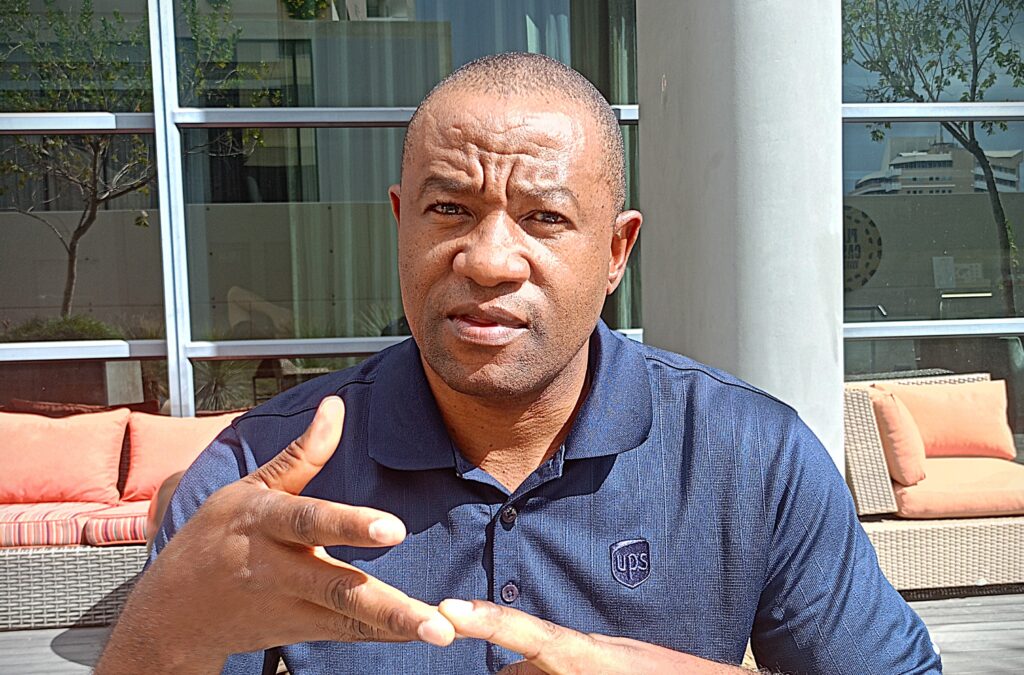
Reflecting on the journey from the first meeting last year in Johannesburg, where the process began, Mr. Mujuru added, “I want to be remembered as someone who helped build a system that tracks real progress. The challenge is always implementation. This framework and dashboard make that possible.”
The experts agreed that commitment from Member States, strong partnerships and consistent data collection will be essential to ensure the tools developed do not gather dust but become central to ending child marriage across the region.
The next milestone will involve finalising the dashboard design and piloting its functionalities, with the aim of empowering parliaments, civil society, and communities alike with the data they need to advocate for real change.
- Moses Magadza is the Media and Communications Manager at the SADC Parliamentary Forum.




